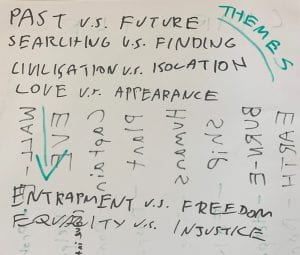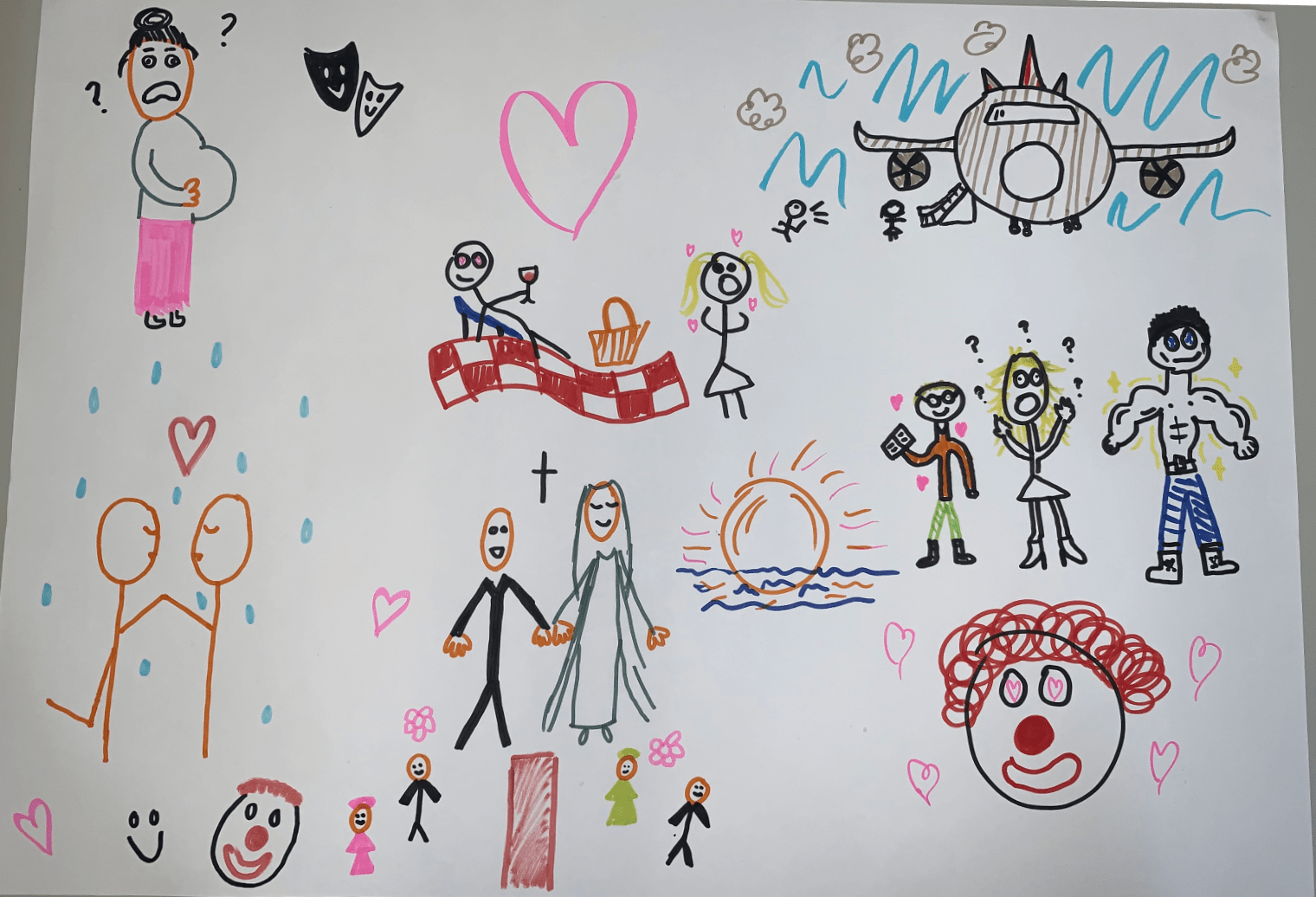As a class, we discussed what elements of a film made up the mise-en-scene, such as costume, lighting, action, hair and make-up, props and setting, as well as how it is carefully selected to communicate meaning. After this, we used this knowledge to analyse the mise-en-scene in the ‘Captain’s Feast’ scene from del Toro’s Pan’s Labyrinth in the form of a slideshow, looking carefully at its implications and connotations.
What Does The Mise-En-Scene Tell Us About The Meaning of The Captain’s Feast?
The Captain’s Feast establishes the nature of the fascist ruling class in rural Spain and the attitudes and values of Captain Vidal, the villain in the film. The feast is a scene of indulgence, greed and power. Vidal is a fascist brute, he is proud of his reputation and dominates the scene. The guests are hypocrites and prove to be arrogant, patronising and snobbish. Carmen, seems out of place and is represented as fragile, elegant and intimidated by the other guests, we also get the impression that Vidal does not care for her.
We can see that Vidal prides himself on his power and reputation as a captain by his costume, an immaculately kept military uniform covered in red and gold medals. The medals themselves are an obvious display of his prestige, and their colours: red and gold, connote blood and royalty respectively, possibly hinting at the idea that the Captain has only earned his almost royal level of prestige through bloodshed. Furthermore, in terms of proxemics, he is seated at the head of the table, another clear indicator of his high position in society, and how much the guests either fear or respect him. The old and dark setting creates an evil atmosphere, perhaps acting as a metaphor for the despicable people sat in the room, and the gloom is only broken by the flickering orange light of a fire positioned right behind Vidal. This fire could represent heat and rage, and be a reference to the famously short fuse of the Captain. However, the fire’s positioning is such that, while Vidal has his back to it, the light illuminates the face of Carmen, which might imply that since she is facing the light the opposite meaning behind it is true for her. In this new context, the fire could symbolise her warmth and kindness, as well as her caring nature. Finally, she is depicted as sitting in a wheelchair, and this prop acts as perfect allegory for her powerlessness in the scene, and ultimately with the Captain.



